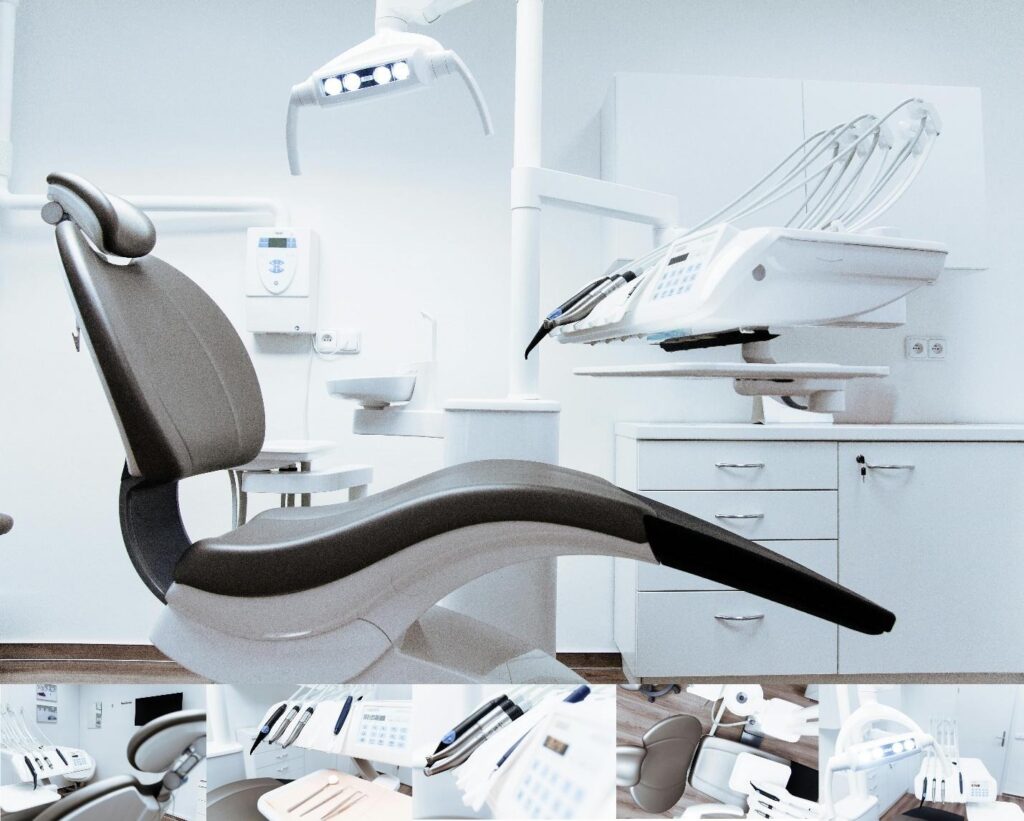
Your Health Magazine
4201 Northview Drive
Suite #102
Bowie, MD 20716
301-805-6805

More Practice Management Articles
A Comprehensive Guide to Implementing Advanced Clinical Systems

Modern times bring so many amazing things, including fantastic technological innovations. Most industries are aware of their benefits, which is why almost all of them gladly embrace anything that “pops up”.
And the healthcare industry is no exception. Just like many other fields, this one was also revolutionized by technology. With the assistance of the newest clinical systems, doctors and nurses can provide top-notch care to their patients, and generally simplify many tasks for the medical workers.
Even though there’s no doubt that these tools are very helpful, the reality is that their implementation can at times be a bit challenging. That’s precisely why it’s of huge importance for every person who works in this industry to properly prepare themselves by developing effective strategies.
Since this guide is aware of how complex this can be, it’s going to alleviate this burden by providing you with some useful information and suggestions related to this topic!
First Things First – Getting Familiar With The Advanced Clinical Systems
Before this guide gets straight to the point, let’s first make some things clearer when it comes to the advanced clinical systems. So, what are they exactly? They can be described as a digital ecosystem that’s intended to fully support patient care, every step of the way. These systems usually involve:
- Electronic Health Records and Electronic Medical Records
- Clinical Decision Support Systems
- Patient management and analytics dashboards
- Computerized Physician Order Entry
- Telehealth platforms
When all of these tools join forces, they create a reliable environment where doctors (or anyone else who’s part of the healthcare industry) can quickly access data and make wise decisions that will only benefit their patients.
It’s Essential To Work With The Right Equipment & Tools!
Before you start reaping the benefits of these systems, it’s of huge importance to first make sure you are working with the right tools and equipment. So, how can you be certain of it? According to the knowledgeable team at Amtech Medical, it’s essential to choose a reliable supplier of medical equipment. It needs to be someone who not only has a vast selection of medical products and solutions, but also someone who’s an excellent support system that’s going to enable you to provide first-class care to your patient.
Now, that’s something that cannot easily be found, so it would be recommended to do your research first, get referrals if possible, before you finally select a particular supplier. No matter how professional and experienced you are, if you do not use the proper equipment, all your efforts will go to waste, and you’ll end up with dissatisfied patients.
The Importance Of Implementation
Purchasing the latest clinical tools is relatively simple; however, making it fit seamlessly into your facility may be a bit difficult. That’s precisely why implementation is important. It shouldn’t be perceived as nothing but a random technical project, but rather as a cultural change.
It’s something that will affect the overall treatment of your patients, the communication between your team members, and the level of data security. When everything is executed impeccably, your workflows are going to be radically simplified, and you will decrease the risk of manual errors.
On the flip side, if things aren’t done the right way, all your efforts will become ineffective, which will result in lots of stress and frustration.
You Need To Have A Good Team On Hand
Nothing can ever work out if there’s no proper collaboration and communication between everyone involved. The same goes for this situation. You want everybody to be on the same page.
This refers to clinical leaders, administrators, the IT team, and anyone else you decide to include. When physicians, nurses, and other healthcare providers are allowed to express their opinions and are generally familiar with how everything functions, all of a sudden, everything regarding adoption becomes so much simpler. That’s because they know the real-world workflows, pain points, and what must be altered.
What Do You Really Need?
This refers to the equipment you plan on buying. Even though it must be tempting to obtain anything that even remotely looks useful, it doesn’t necessarily mean that your organization truly needs it.
When was the last time you took a good look at your current setup? That’s something that needs to be done before you acquire new tools. Are your data backups reliable enough? How strong are your security and network systems?
These are some questions that you need to ask before taking further steps. Perceive it as some sort of health check that’s going to give you an insight into your current infrastructure, and, concurrently, avoid dealing with a number of different issues, such as data migration problems, integration issues, and many others.
Pick Only Solutions That Look Like A Good Fit For Your Facility
The market is indeed packed with various spectacular solutions, but that doesn’t mean that every single one of them is intended for your facility. The point is that the one-size-fits-all approach doesn’t work in these circumstances.
What you’ll end up purchasing ultimately depends on the type of services you offer, the patients you are treating (referring to their health conditions), and the size of your institution. You need to opt for solutions that will fit your workflow and that can be combined with other pieces of equipment that you use.
There are several factors that you must take into account, and the ones that are most crucial include the following:
- Solid interoperability
- Interfaces that are relatively easy-to-use
- Compliance with different healthcare data, such as GDPR and HIPAA
- Scalable architecture
The Importance Of Good Training
You can purchase the best tools in the world, but if your staff doesn’t know how to properly employ them, or doesn’t feel comfortable enough doing it, then you’ll be wasting your money. Therefore, it’s pivotal to provide them with the proper training that’s tailored to each role.

We assume that you are probably a bit overwhelmed by all the “instructions” that were given today, but just keep reminding yourself that they are here to make implementation much faster and smoother.
Other Articles You May Find of Interest...
- Why Securing Medical Data Is Critical for Healthcare
- How Cloud-Based ASC Software Vendors Are Shaping the Next Decade of Outpatient Surgery
- Stop Drowning in Spreadsheets: The Best Accounting Tools for 2025
- List of Top 10 Aesthetic Clinic Software
- Why Choosing the Right Surgical Irrigation Solution Matters for Patient Outcomes
- How to Start a Private Practice: A Step-By-Step Blueprint
- 5 Best Patient Portal Software for Physicians














